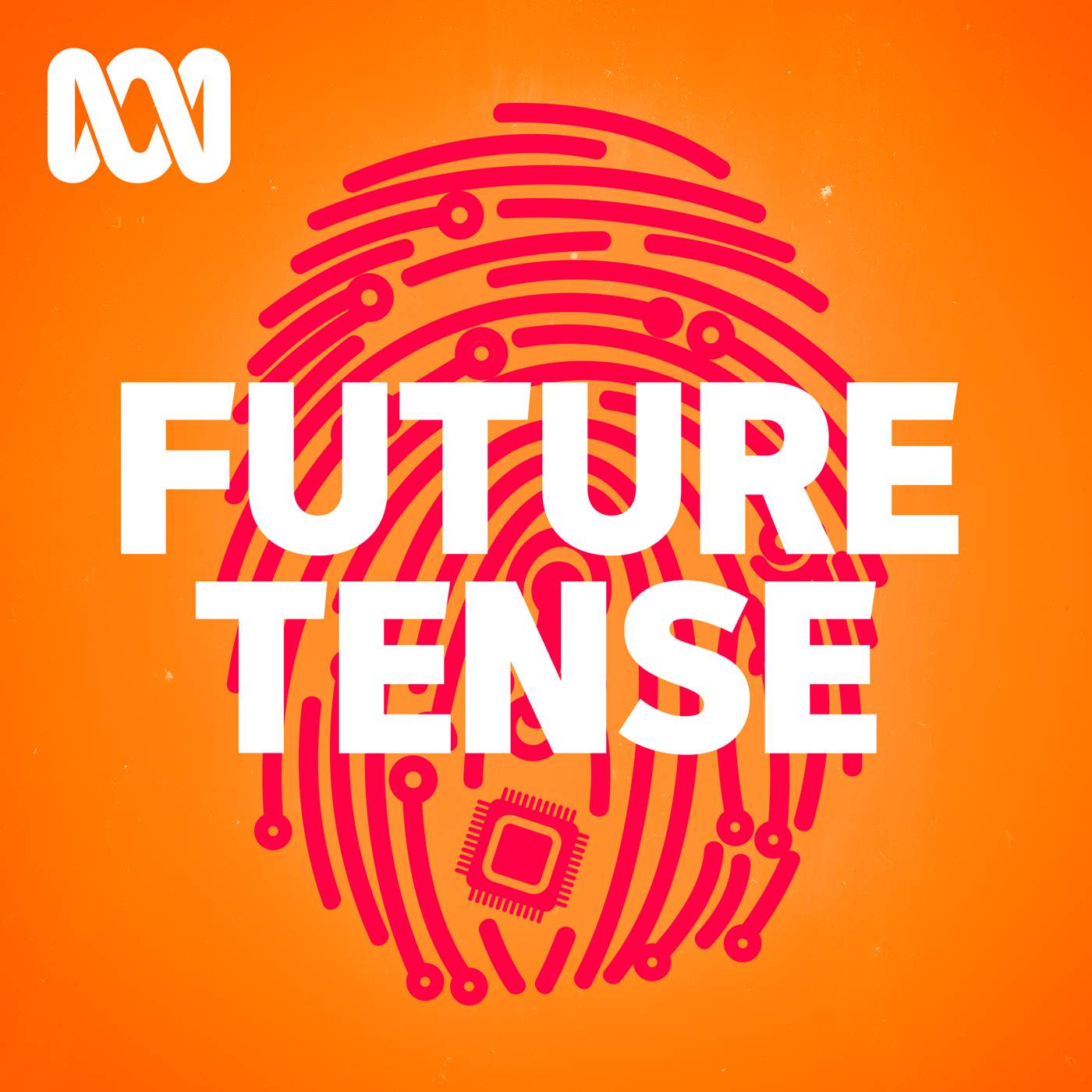
Heliox: Where Evidence Meets Empathy 🇨🇦
Join our hosts as they break down complex data into understandable insights, providing you with the knowledge to navigate our rapidly changing world. Tune in for a thoughtful, evidence-based discussion that bridges expert analysis with real-world implications, an SCZoomers Podcast
Independent, moderated, timely, deep, gentle, clinical, global, and community conversations about things that matter. Breathe Easy, we go deep and lightly surface the big ideas.
Curated, independent, moderated, timely, deep, gentle, evidenced-based, clinical & community information regarding COVID-19. Since 2017, it has focused on Covid since Feb 2020, with Multiple Stores per day, hence a sizeable searchable base of stories to date. More than 4000 stories on COVID-19 alone. Hundreds of stories on Climate Change.
Zoomers of the Sunshine Coast is a news organization with the advantages of deeply rooted connections within our local community, combined with a provincial, national and global following and exposure. In written form, audio, and video, we provide evidence-based and referenced stories interspersed with curated commentary, satire and humour. We reference where our stories come from and who wrote, published, and even inspired them. Using a social media platform means we have a much higher degree of interaction with our readers than conventional media and provides a significant amplification effect, positively. We expect the same courtesy of other media referencing our stories.
Heliox: Where Evidence Meets Empathy 🇨🇦
🇨🇦 The Arithmetic of Hope: Canada’s Bet on a Different Future
Please see our corresponding Substack episode.
There's a moment in every national crisis when a government must choose between managing decline and gambling on renewal. Canada's 2025 budget represents such a moment—not because it's perfect, but because it dares to imagine that the arithmetic of austerity isn't the only math that matters.
For decades, we've been told that national budgets should behave like household budgets, that debt is inherently dangerous, that the only responsible path forward is perpetual belt-tightening. This budget, for all its flaws and uncertainties, proposes something different: that sometimes the most fiscally responsible thing a nation can do is invest in its own potential.
Canada Strong November 2025 budget
Homegrown Harmony 🎶 Carney’s Song
This is Heliox: Where Evidence Meets Empathy
Independent, moderated, timely, deep, gentle, clinical, global, and community conversations about things that matter. Breathe Easy, we go deep and lightly surface the big ideas.
Thanks for listening today!
Four recurring narratives underlie every episode: boundary dissolution, adaptive complexity, embodied knowledge, and quantum-like uncertainty. These aren’t just philosophical musings but frameworks for understanding our modern world.
We hope you continue exploring our other podcasts, responding to the content, and checking out our related articles on the Heliox Podcast on Substack.
About SCZoomers:
https://www.facebook.com/groups/1632045180447285
https://x.com/SCZoomers
https://mstdn.ca/@SCZoomers
https://bsky.app/profile/safety.bsky.app
Spoken word, short and sweet, with rhythm and a catchy beat.
http://tinyurl.com/stonefolksongs
Curated, independent, moderated, timely, deep, gentle, evidenced-based, clinical & community information regarding COVID-19. Since 2017, it has focused on Covid since Feb 2020, with Multiple Stores per day, hence a large searchable base of stories to date. More than 4000 stories on COVID-19 alone. Hundreds of stories on Climate Change.
Zoomers of the Sunshine Coast is a news organization with the advantages of deeply rooted connections within our local community, combined with a provincial, national and global following and exposure. In written form, audio, and video, we provide evidence-based and referenced stories interspersed with curated commentary, satire and humour. We reference where our stories come from and who wrote, published, and even inspired them. Using a social media platform means we have a much higher degree of interaction with our readers than conventional media and provides a significant amplification effect, positively. We expect the same courtesy of other media referencing our stories.
Welcome to the Deep Dive. Today we're digging into the Canada Strong Budget 2025. And based on the documents, well, it looks like much more than just a typical spending plan. It's framed as a pretty ambitious economic reset.- That's right, it's definitely positioned as a generational investment strategy, The idea is to tackle both Canada's longstanding structural issues, you know, mainly productivity, and also the immediate global challenges. Things like economic uncertainty, trade protectionism. And it's all built around these three pillars. Exactly. Build, protect, and empower. That's the structure they're using for the whole plan. OK. And the government seems confident it has the financial room to maneuver here. The sources really highlight one key statistic. Canada's net debt to GDP ratio Still the lowest in the G7 Sitting at what 13.3% 13.3% And they argue that this relative stability Is what actually allows them to make such a Well extensive policy response right now So that strength enables this big push It lets them be aggressive yes And if you look at where the policy actions are focused, it's pretty telling. About 32% of the measures aim at strengthening Canadian sovereignty think defense, trade independence. Right. And then another 36% are specifically aimed at bringing down costs for you, the Canadian consumer. really tackling that affordability crunch. So that shows where the main pressures are politically and economically. Absolutely. Sovereignty and affordability. All right. Let's start with that first pillar then, build. This seems to be all about growth, trying to reverse Canada's, well, let's face it, pretty poor productivity record. Yeah. And closing that investment gap, Canadian firms just haven't invested as much per worker as, say, U.S. firms for decades now. the budget language is quite strong, talking about supercharging growth and achieving resilience, not just reliance. So how are they planning to actually do that? Well, a foundational piece is this new capital budgeting framework. It sounds technical, but it's a really significant shift. Explain that a bit. How does it change things? OK, so historically, when the government borrowed money, it wasn't always clear, right? Was it for day-to-day operations, like paying salaries, or was it for assets that might generate future economic value, like infrastructure or R&D? It all just went into one pot, more or less. Pretty much. This new architecture formally separates the two-- operational spending versus capital spending that actually builds long-term capital. OK, and the practical impact. The government is setting a target. balance its day-to-day operational budget, so spending matched by revenues by 2028-29. Which means? Which means after that point, in theory, the entire deficit should be 100% linked only to these capital investments. The debt being taken on is tied directly to building future economic assets. That certainly helps frame the scale of the investment. We're talking, what, $311.5 billion in planned capital investment on an accrual basis over six years. That's the direct government investment figure, yes. But the bigger goal, the ambition, is to catalyze something like $1 trillion in total investment, public and private, over five years. trillion dollars that's huge but you know big investments often get bogged down does this budget address the infamous Canadian regulatory delays it tries to they're launching something called the major projects office the MPO okay the MPO build as a single window to fast-track approvals and coordinate financing my first thought honestly is isn't that just more bureaucracy to solve bureaucracy? That's always the risk, isn't it? Yeah. The documents stress its mandate is coordination and acceleration, not adding layers. Yeah. But to give it some real heft. Yes. They're also boosting the money available through the Canada Infrastructure Bank. Yeah. Upping its statutory capital from $35 billion to $45 billion. Ah, so cutting red tape and providing more cash, a two-pronged approach. Exactly. Make it faster and provide more funding for these big nation-building projects. And they give some examples, right? I saw the Red Chris Mine expansion mentioned up in northwest BC. Big copper project. Yeah, extending the mine life, boosting copper output, partnering with the Talton Nation, and interestingly, aiming for a big cut in greenhouse gas emissions, over 70% reduction when it's operational. And out east? The ContraCour terminal container project in Quebec. That's set to expand the port of Montreal's capacity by about 60%. Think supply chains. Okay, so the MPO and the infrastructure bank handle the physical build-out. But how do you get Canadian companies to actually want to invest here instead of, you know, heading south? Right. That brings us to the new productivity super deduction. This is aimed squarely at competitiveness. Super deduction. What does it do? It's expected to lower Canada's marginal effective tax rate, the METR. That's the total tax hit on new investments. Okay. The drop is projected at more than two percentage points, which is, well, quite significant in tax policy terms. What does a two-point drop actually mean in context? It would mean Canada aims to have the lowest METR in the G7. It's basically signaling. If you want to make productive investments, Canada's tax system is designed to be the most competitive among major economies. A big lure for capital, potentially. That's the goal. And alongside that, there's innovation infrastructure. Almost a billion dollars, $925.6 million over five years, for a sovereign Canadian cloud. A sovereign cloud. Yeah, essentially a large-scale government-backed public AI infrastructure. The idea is to secure Canadian compute capacity. So our researchers, public and private, aren't solely reliant on foreign giants for the massive power needed for AI development. Makes sense. And they're tracking the impact. They are. Statistics Canada gets $25 million for new tech stat program specifically to measure AI's effect on the economy and jobs. OK, one last piece in this build section. Trade resilience. This seems pretty urgent given the numbers. Canadian exports to the U.S. down over 10 percent relative to the 2024 average. Ouch. Yeah, largely driven by U.S. Keras. So the budget outlines a clear pivot, a need to reduce reliance on just one trading partner. There's funding for a new trade diversification strategy and more money for Global Affairs Canada to boost the canned export program. helping smaller businesses find new markets around the world. It's a direct response to that trade pressure. Okay, let's shift gears to the Empower pillar. This is where it hits home for most people, right? Affordability. Absolutely. And the first big item is tax relief, the middle-class tax cut. What does that involve? It lowers the first marginal personal income tax rate, just a slight drop, from 15% down to 14%. And the impact per person? Maximum relief is about $420 per person, so potentially $840 for a two-income household. It's fairly targeted towards lower and middle incomes. And then there's the elephant in the room canceling the consumer carbon price. Yes. The budget projects this move will cut gas prices by around 18 cents per liter in most places. That's a noticeable saving at the pump. It is, especially if you drive a lot or live in rural areas. But of course, there's a physical consequence. Canceling the price means lost revenue. So there's a question about how that's offset elsewhere in the budget. It really underscores how central affordability is right now. Beyond those broad measures, there are some targeted supports, too. Like a temporary personal support workers tax credit. It's refundable 5% of eligible earnings capped at $1,100. A little boost for a crucial sector. And something longer term. They're making the National School Food Program permanent starting in 2029-30. relatively low cost in the grand scheme, but potentially a high social return. Okay, let's talk housing because the scale of the problem here is just staggering. CMHC says we need to nearly double home building to 430,000, even 480,000 units a year. Yeah, just to get back to 2019 affordability levels. It's a monumental task. It needs massive capital and speed. So what's the response in the budget? The main initiative is called Build Canada Homes. That's getting 13 billion dollars over five years. And the focus. Crucially, it's focused primarily on non-market housing, affordable housing, co-ops, that sort of thing. And it includes a buy Canadian policy, prioritizing Canadian materials like lumber, tying build to empower. Using construction to tackle housing costs. What about financing for builders? That's often a bottleneck. Right. They're addressing that by raising the annual limit for Canada mortgage bonds, the CMBs. From $60 billion up to $80 billion a year starting in 2026. Okay, more financing available. Yes, but here's the key detail. That increase is exclusively for multi-unit housing. They're trying to channel that extra liquidity directly into building rental apartments. which are desperately needed. Smart targeting. Now, consumer and worker protections, I saw something about bank fees, those annoying little charges. Yeah, they're launching a review of fees charged by federally regulated financial institutions. Things like inter-ac-e transfer fees, ATM fees, those friction points. And going further on fees. They're proposing legislation to actually prohibit transfer fees for investment and registered accounts. You know, when you switch banks or brokers. Those fees average about $150 an account. So getting rid of those would save people real money when they move their savings. Exactly. A small legislative change with a tangible benefit. There's also something interesting about tax filing for lower-income fees. folks. Right. They're proposing to let the CRA automatically file a tax return for certain eligible people with simple tax situations who just don't file right now. Why is that important? Because hundreds of thousands of people miss out on benefits. They're entitled to like the GST credit or Canada Child Benefit simply because they don't file a return. This could unlock those benefits with very little cost to the system. And worker protection, misclassification. Yes, cracking down on improper worker misclassification. This is a big issue in some sectors, like trucking, where workers might be treated as independent contractors when they're really employees. How are they tackling it? The proposal is to let the CRA share information with Employment and Social Development Canada, ESDC, for better enforcement, making sure workers get the wages, EICPP contributions they're legally owed. Okay, final pillar, protect. This covers national security, sovereignty, but also government efficiency.
Big-ticket item first:defense spending. Okay. Huge investment here. A generational plan, they call it. Rebuilding, rearming the Canadian Armed Forces.$30 billion over five years. And that includes a significant pay raise for personnel, the biggest in decades. But spending money on defense is one thing. Getting the equipment is another. Procurement is famously slow and complex. Notoriously so. They're trying to fix that by launching a new defense investment agency, the DH. The explicit goal is to overhaul and streamline that fragmented, sluggish procurement process. We'll see if it works, but the intent is clear. And protecting sovereignty abroad. Renewing Operation Reassurance in Latvia for another three years, that's Canada's biggest overseas mission, costs about $2.7 billion. Back home, what about domestic security and borders? Significant strengthening there, too. Plans to hire 1,000 new RCMP officers and 1,000 new Canada Border Services Agency officers. More boots on the ground. Yes, but also structural changes. A dedicated financial crimes agency is planned by spring 2026. Its job will be leading the fight against money laundering, major fraud, online scams. centralizing that effort. I also saw something less headline-grabbing, but probably vital, upgrading the weather forecasting computers. Yeah, $2.7 billion over nine years for the meteorological service of Canada's high-performance computing system. Sounds niche, but it's foundational. How so? Accurate weather and climate forecasting is critical for agriculture, transportation, fisheries, emergency management, pretty much everything. Better computers mean better forecasts. Okay, last bit, government efficiency. spending less. They're promising big savings. Through a Comprehensive Expenditure Review, or CER, the target is a net cost reduction of $44.2 billion over four years. That's ambitious. How are they planning to achieve that? Well, part of it is tied to reducing the size of the federal public service. The projection is a decline of about 40,000 positions from its peak. That's about 10% by 2028-29. Wow. How do they manage that reduction? Primarily through attrition, people retiring or leaving voluntarily, Wow. and they're proposing an early retirement incentive program to encourage departures. Still, managing that kind of workforce reduction is a major challenge. And cutting red tape within government itself? Yes. Targeted amendments to legislation aimed at streamlining internal processes, modernizing old requirements. trying to make the machinery of government itself run a bit leaner. Okay. We've covered a lot of ground here. I mean, from a huge defense overhaul and building AI infrastructure down to getting rid of ATM fees and this whole new capital budgeting idea, it's quite the scope. It really is. And when you pull back and look at the whole package, the main takeaway, I think, is that this budget represents a really significant high-stakes bet. A bet on what? A bet that this new fiscal structure These targeted incentives, like the super deduction, can actually move the needle on Canadian productivity and business investment. And doing it in a tough global environment with all this trade uncertainty and tariffs hanging around. And the documents themselves acknowledge the headwind, right? Real GDP projected to be 1.8% lower than expected just because of the trade conflict. Exactly. So the government is essentially betting that this new approach, this focus on aggressive public capital investment coordinated by things like the MPO can spark that virtuous cycle of growth they talk about. Overcoming those headwinds. Right. So maybe the provocative thought to leave you with is this. Canada has struggled with weak investment and productivity compared to its G7 peers for a long, long time. History isn't on its side here. So the big question for you to consider is, can these new structural reforms, changing how capital is budgeted, slashing the tax rate on investment, can they really overcome both global protectionism and Canada's own historical weaknesses? Could this actually be the generational turning point they're aiming for?
Podcasts we love
Check out these other fine podcasts recommended by us, not an algorithm.

Hidden Brain
Hidden Brain, Shankar Vedantam
All In The Mind
ABC
What Now? with Trevor Noah
Trevor Noah
No Stupid Questions
Freakonomics Radio + Stitcher
Entrepreneurial Thought Leaders (ETL)
Stanford eCorner
This Is That
CBC
Future Tense
ABC listen
The Naked Scientists Podcast
The Naked Scientists
Naked Neuroscience, from the Naked Scientists
James Tytko
The TED AI Show
TED
Ologies with Alie Ward
Alie Ward
The Daily
The New York Times
Savage Lovecast
Dan Savage
Huberman Lab
Scicomm Media
Freakonomics Radio
Freakonomics Radio + Stitcher
Ideas
CBC

